A kingdom that history forgot
In the extreme northeastern corner of present day Bangladesh lies what is known today as the Greater Sylhet region. Bordered by the Indian states of Meghalaya, Assam and Tripura to the north, east and south respectively, Sylhet is covered by hilly terrain on three sides and is one of the most picturesque and archaeologically rich regions of entire south Asia. Forests, orange and pineapple orchards, and tea gardens line the landscape.
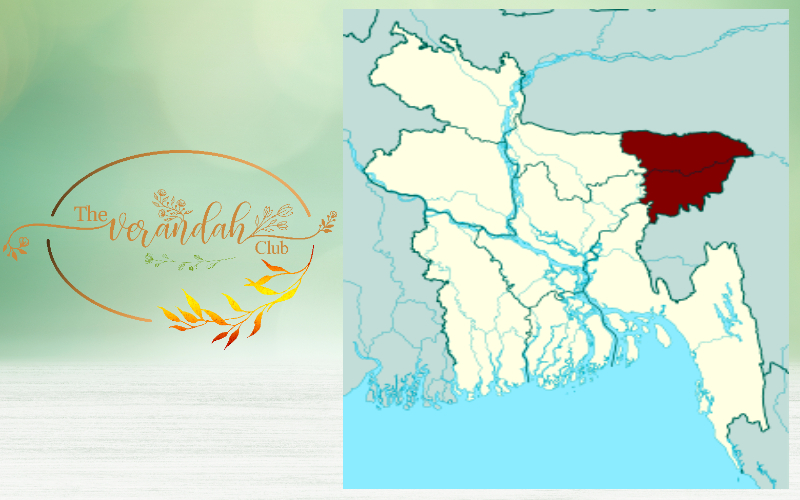
Approximately 700 years ago, today’s Sylhet region consisted of small Hindu kingdoms like Srihatta, Laur and Jaintia. While large parts of the Bengal plains had been annexed by the Gaud sultanate, the kingdoms of the Sylhet region maintained their independence. In 1303 AD, ruling over the kingdom of Srihatta was Govinda, a deeply devout Hindu king. As a young man, Govinda had spent twelve long years obtaining military and religious education in the famed Kamakhya temple. A master military tactician, he built forts all over his terrain in planned anticipation of attacks from the Sultanate. He also established military training camps across his kingdom and famously, constructed a seven-storeyed tower.
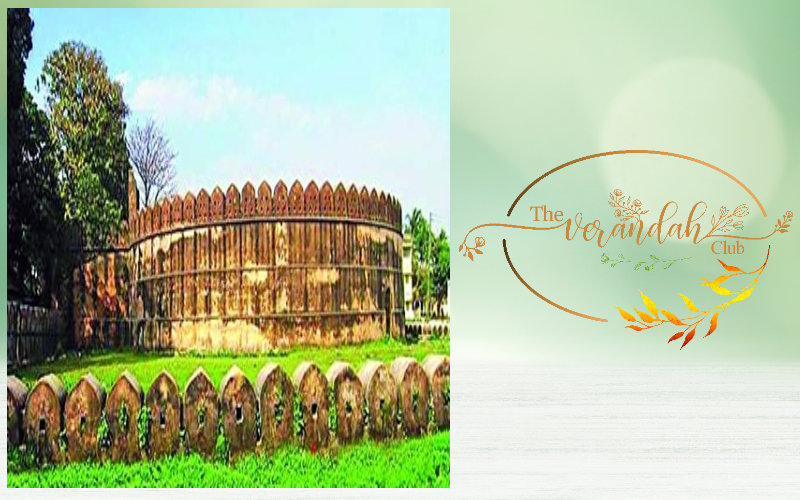
Although predominantly a Hindu kingdom, Srihatta had some Muslim inhabitants as well. One of these men set forward a chain of events that would end up altering history. In the village of Tultikar, a certain Burhanuddin sacrificed a cow for his newborn son’s birth celebration as a grand feast was organized. When news of this incident reached King Govinda, he was enraged. The cow is considered the most sacred animal for the Hindu religion and as a devout worshipper, Govinda could not tolerate this act. On royal orders, Burhanuddin’s infant son was killed and the man himself had his right hand chopped off as punishment. Shortly thereafter, a Muslim Qazi in the Taraf kingdom, a vassal of Srihatta, did something similar, sacrificing a cow for his son’s marriage ceremony and inviting the whole village for the feast. The feudal ruler of Taraf, on orders from Govinda, had the Qazi executed.
An aggrieved Burhanuddin, accompanied by his brother, started for the court of Sultan Shamsuddin Firoz Shah, the sultan of Gaud. The Sultan decided to teach King Govinda a lesson and ordered his generals to prepare for an assault. Govinda’s chief minister, Mona Rai, was based near the port. An astute man, Rai immediately ordered stopping of all riverine transport thus making attack by the river a near impossible proposition. The Gaud army had no choice but to invade through the difficult hilly terrain. Sultan Shamsuddin ordered his nephew Sikandar Khan Ghazi to lead the campaign. But the Bengal Sultanate army was unaware of an ace up Govinda’s sleeve. The Srihatta army was the only one in Bengal that had large number of skilful archers. Govinda’s general Chakrapani positioned the archers in strategic locations in the hilly passes and tracts. Ill-educated on the hilly routes and helmed in by Chakrapani’s archers, the Sultan’s army was left with a bloodied nose and had no option but to beat a hasty retreat.
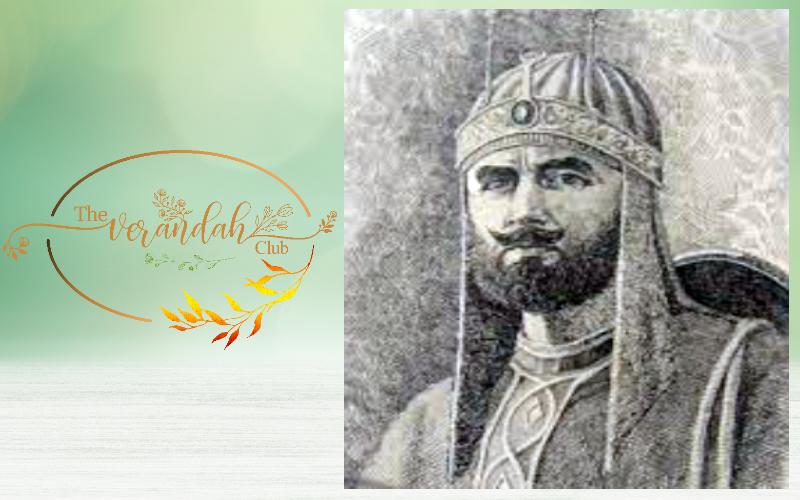
Angered by this shameful setback, Shamsuddin ordered that the campaign spend enough time preparing and then launch the assault again. Months later, a better prepared Sikander once again set out through the hilly terrain bordering Mymensingh. This time, worse was in store for them. A terrible storm and cloudburst resulted in nearly half of the army perishing. By the time, the remaining came to face to face with Govinda’s massive forces, the result was a foregone conclusion. Once again, Srihatta emerged victorious. Shamsuddin was undeterred. He raised a bigger force, led by his commander-in-chief Syed Nasiruddin, a much more experienced campaigner than Sikander. But once again, Govinda’s brilliant military mind and his imposing war ships, described as floating fortresses in the Gulzar-i-Abrar, a Muslim account of the war, vanquished the Sultanate army. Three consecutive victories over the Gaud Sultanate were celebrated with much pomp and splendor in the Srihatta kingdom. But dark clouds were on the horizon.
Entered the scene Shah Jalal, a Sufi saint with a divine belief of being tasked with spreading Islam across Bengal. Although a saint, Jalal had an imposing physique and commanded nearly 400 men, armed with the zeal to fight. Shah Jalal’s arrival and his oratory inspired new life into the Sultanate’s battered forces. Learning from their past mistakes, the Sultanate force now avoided the hilly entrance through Mymensingh and instead chose to move through Comilla and Habibganj, guided by the same Burhanuddin who had triggered of this whole chain of events. Shah Jalal and Syed Nasiruddin’s combined might finally got the better of King Govinda. His famous 7-storeyed Gorduar Palace was ransacked by the invaders. Mona Rai was killed in battle and Govinda was forced to flee, leaving large part of Sylhet to come under Islamic rule for the first time.
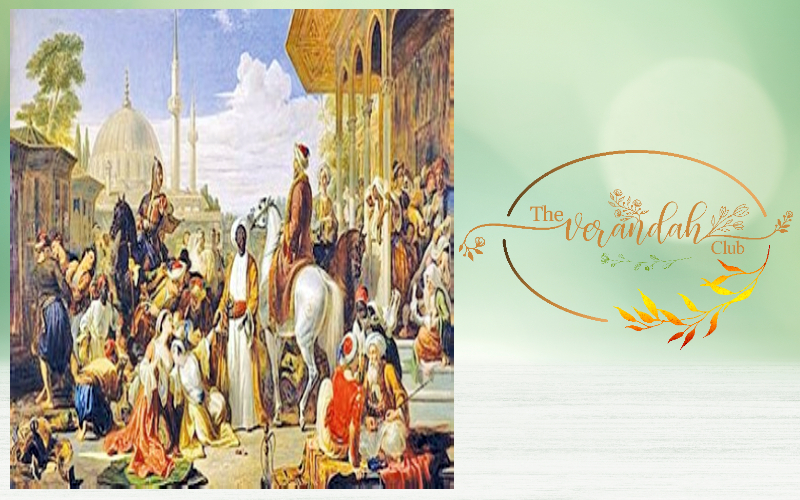
After capturing Srihatta, Syed Nasiruddin attacked the feudal state of Taraf, also bringing it under the Sultanate’s control. Sikandar Khan, the sultan’s nephew who had led the ill fated initial campaigns, was named the first Wazir of Sylhet. Srihatta was renamed Jalalabad after Shah Jalal, for his role in turning around the campaign’s fortune.
Even today, at Mulnicherra tea estate, considered the oldest tea garden in South Asia, there is located a cave where it is said that the valiant king Govinda had hid with his wife and daughter while trying to escape to Kamrup. The rest of the tale has been lost in the sands of time.
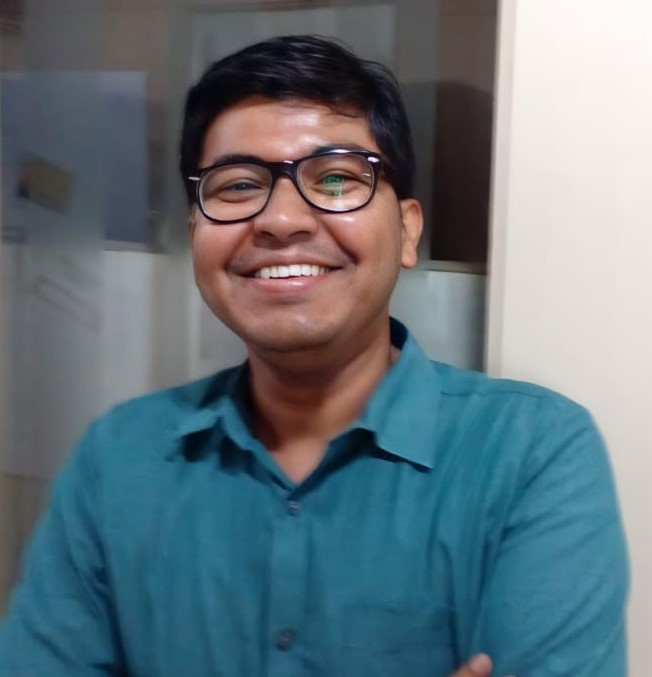
Based out of Kolkata, Trinanjan is a market researcher by profession with a keen interest in Indian history. Of particular interest to him is the history of Kolkata and the Bengal region. He loves to write about his passion on his blog and also on social media handles.
NEXT ARTICLE

At the southernmost tip of this mesmerising ensemble lies the majestic Great Nicobar Island, boasting an impressive landmass of about 910 square kilom...

Bharath has always been a land traversed by spiritual masters/ Guru since time immemorial. These spiritual masters have always upheld the core princip...

South India contains its fair share of unique pilgrimage centres. These divine places of worship have a prominent Sthala Purana, devoted followers, di...